NATHALIA ROCA | THE ILLUSTRATOR. Venezuelan creator finds her inspiration in God.
NATHALIA ROCA WAS BORN in Venezuela from a Venezuelan mother and a Cuban father. Roca moved to the United States with her family when she was 8, but her father had moved here earlier to escape the communist government in Cuba and, later, communism in Venezuela. Now a sophomore at Columbia College Chicago, Roca is studying illustration and painting. She focuses on the human figure and incorporates biblical images in her work.
What inspired you to become an artist?
I’ll say my mom because actually she is a full-time artist. She studied fine art in at Universidad de Arturo Michelena in Valencia, Venezuela. So, all my life I grew up in that studio painting environment. She would just turn any room into a studio.
I’ve always been around paintings and drawings. My dad is an architect. He started in architecture in Cuba. Always in every way I’ve been influenced and leaning toward that creative atmosphere.
When did you realize you wanted to be an artist?
About six years ago, I was probably 13 or 14. Prior to that, I was really young and I had no idea what I wanted to do, what I wanted to be, even though I’ve always kind of been immersed in the art world, I still didn’t even consider that to be a possibility for a career choice.
What medium do you mainly work in?
There’s just this very fine line between fine art and illustration. Illustrators are kind of free to explore any medium nowadays. It’s more typically all digital. I really like to maintain the techniques that I’m familiar with, and that I was exposed to my whole life. I’d say, the medium that I rely on most is painting in general. I’m just grateful that I get to pursue an art education that will teach me how to market that, and how to live off of that.
How do you describe yourself and your culture?
Venezuelan culture as very bright, very caring, very straightforward. I’m not afraid to call out someone, when you see somebody kind of straying away from their path or doing something wrong. That’s something that’s built in. My family, and in my surroundings, everybody in the family is always keeping you in check and letting you know how to improve and better yourself.
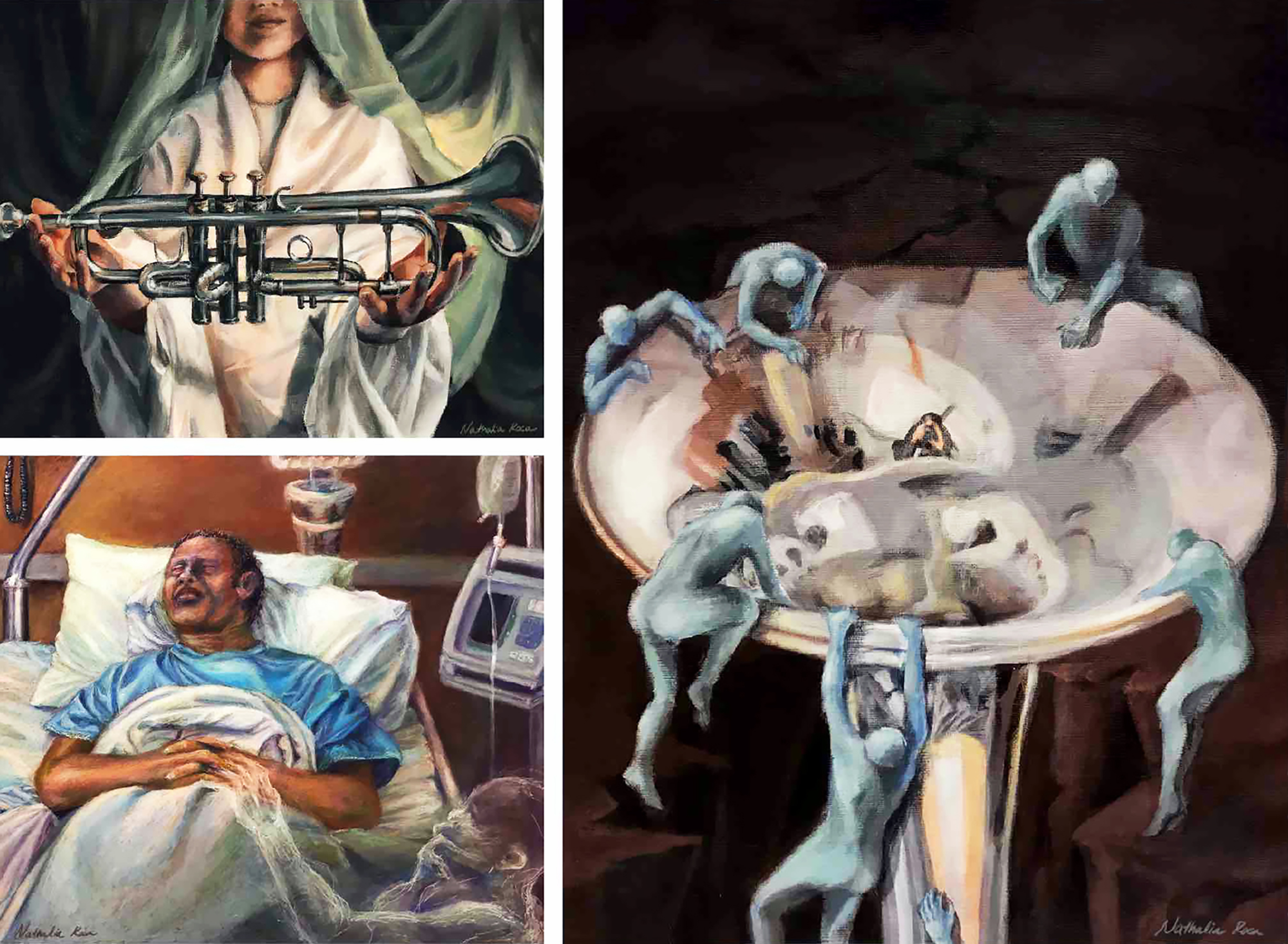
How has your identity as a Latina influenced your art and passions?
A way that my culture influences my work would just be in my general thought process … When you’re creating something, you’re devoting a part of yourself to that work. Just the way that my worldview is shaped by my culture, it’s inevitably going to reflect in my work, whether they’re faith-based or not, they’re always going to showcase the way that I view the world. Through my culture, and through my faith. I think that’s just all interconnected.
What’s your inspiration or motivation?
My inspiration is God. Yeah, I think it’s such a crucial factor of the creative process, for me to lean into the original source of creation and the original source of creativity. Without my faith, I would feel creativity is stagnant and a little bit purposeless. My culture inevitably seeps into my work.
What is it like being a Latinx artist in Chicago? How has it shaped you as an individual?
I actually moved to Chicago almost three years ago, and it’s so life changing because prior to this, I was living in South Carolina and I feel like the culture of that particular state, is so different. Here it’s much more open; much more inclusive of different ways that people want to implement art into their career, whereas where I was living before, it was much more close-minded, a little bit more limited. And, and in a lot of categories, [what] you have to be if you’re a painter, you must be a gallery artist, or you must work for rich patrons, or it’s very categorized and very labeled.
Here in Chicago I find that freedom to kind of walk away from labels and be like, ‘this is the work that I like to do, this is me, and that’s how I sell it.’ I don’t have to rely on any label to tell me what I do, or how I do it, where I do it. I think there’s a very freeing thing of being an artist in Chicago.
How do you make your art accessible to an audience?
Typically, I will post my art on social media. That’s how I’ve reached a little milestone into making available for people to contact me through whether that be for commissions or for prints or for custom drawing.
“My inspiration is God. Yeah, I think it’s such a crucial factor of the creative process, for me, to lean into the original source of creation.”
What is missing from the art world and what does your art provide?
We’re visual communicators. I don’t want to limit it or generalize but I would say, sometimes I feel like the art world may be missing a little bit of purpose. But I guess in my work it’s always rooted in some sort of deeper eternal purpose, rather than just something for the eyes.
I think that the purpose is as much unnecessary because as artists we’ve been given different ways to express our voices and express our worldviews and we can use that for something greater than just the beauty of the medium. Because essentially, our medium is what we’re contributing to society, in a way. What we want to leave behind and implant into our current society for future generations.
What are the challenges that you face?
One of my biggest struggles at the moment would be, society’s tendency to generalize and put you in a little category. But I really feel limited in what I want to do and how I want to identify as an artist. Nowadays it’s not ‘I’m an artist’; it’s ‘I’m an illustrator that does books specifically for this type of community,’ and so it’s much more narrow, which being niche really does help in the market. I do sometimes struggle with the idea of just limiting my creativity, in the sense that I’m just only doing one thing, when there’s so many ideas I want to explore, and so many different approaches I want to take.
I don’t think one idea should just be limited to one medium. I think a single idea can be expressed in a million ways. So yeah, just categorizing would be something I struggle with.
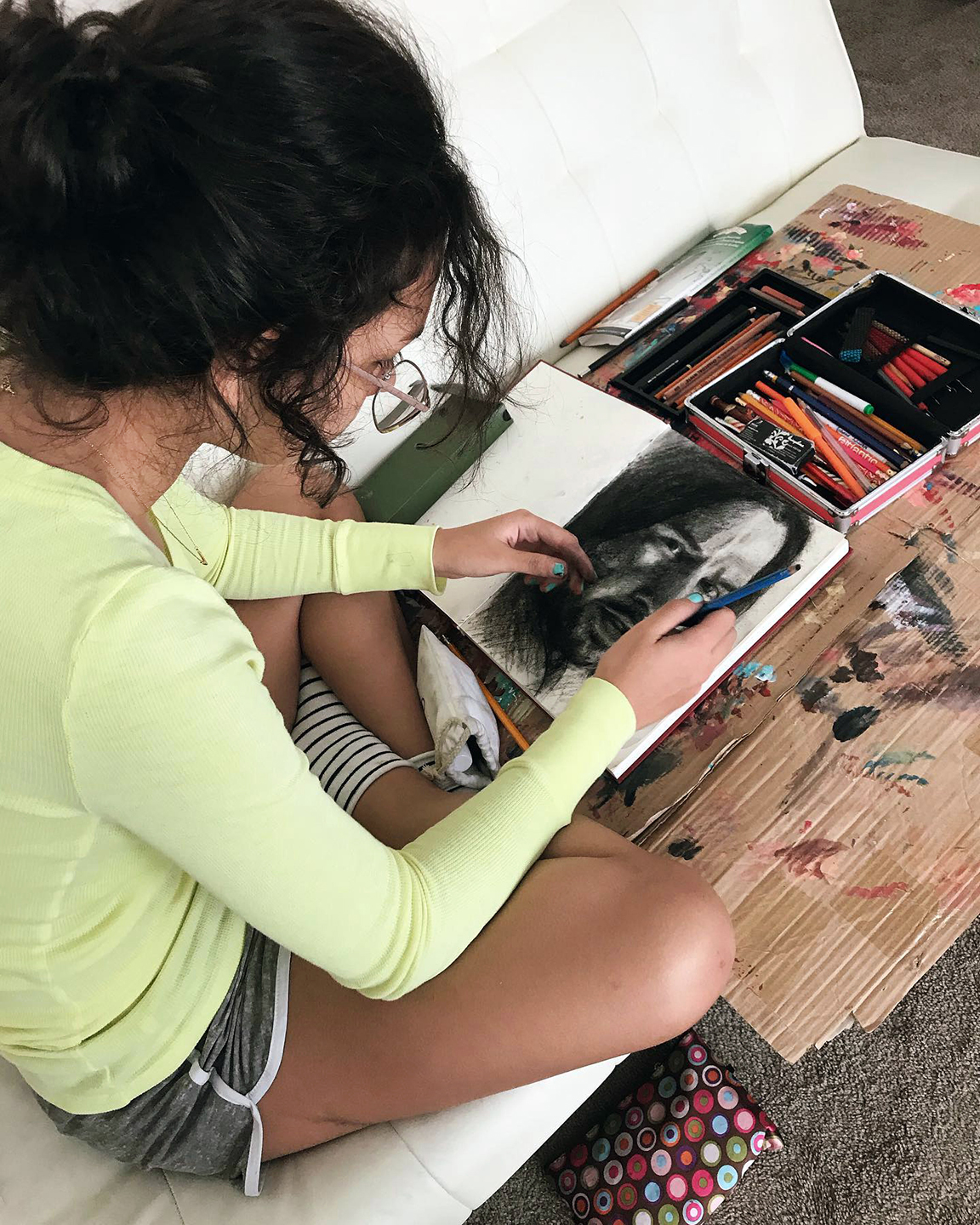
What do you think of the term Latinx?
I wouldn’t say that I’m particularly well versed in the term. But just speaking from my own cultural surroundings and upbringing, it’s not a very common term. I would just say, the way that we implement pronouns in the Spanish language is so strikingly different from the way that we do so in English. And it can come off as a little confusing at times.
I personally never use that term. I would generally just say Latinos. I don’t intend on using it anytime soon and nobody has ever used it with me.
It’s not very common in Venezuela, you will never hear that. I feel like it might apply more to people who have Latino descendants and were born in the U.S. and maybe English is their first language, or they grew up speaking both English and Spanish. I feel like for solely Spanish-speaking people, it’s not a problem.
Who is your target audience? How do you want it to be received?
My target audience does depend on the work of the certain piece I’m displaying. I do different types of projects, still with the same faith-based intent always. But sometimes I might want to express my work to an older audience or to a younger audience. It just really depends on what project I’m working on.
If I had to choose a line of work for the rest of my life would probably be for people who feel lost. I would say that’s my target audience.
How do you build your platform as an artist? Do you use social media?
When you’re an artist it is [important] to put your work out there. The way that I’ve done it is either put myself, put my work in front. Without hesitation, I feel like artists sometimes can be really nitpicky and we like to kind of wait for the right moment. But I think there is no right moment. I think the right moment is now.
There’s this kind of model from Ecclesiastics that I always like to point to: the farmer who waits for the right time to plant will never harvest. So, if you’re always waiting for the right weather maybe there’s never going to be the right weather, so you’re never going to plant your seed.
For me, the way that I feel my quest is just to keep planting my seeds and to keep putting my work out there. I have my own website, and I post my work on Instagram, TikTok and Twitter. I try to be very versatile with social media that I use and always constantly exposing my work. Sometimes I draw back from posting my work because I think, ‘Oh, what if it’s not ready?’ I shake off that mindset off by saying, ‘Well, it’s kind of selfish of me if I want to keep my work for myself.’ I could be helping so many people.
Just expand your horizons, expand your social media usage. So, you can be constantly reaching more people and making the impact that you want to make.



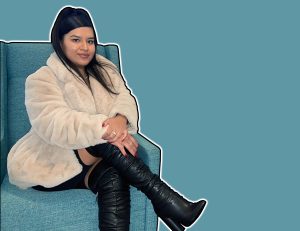
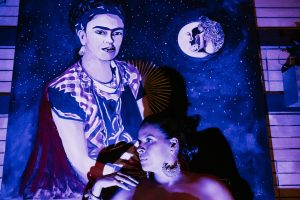
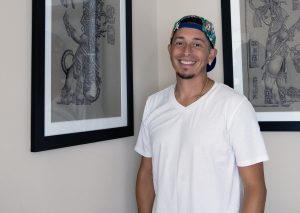
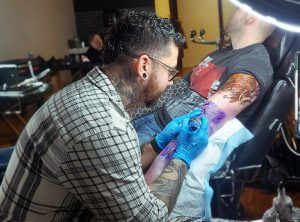
Be First to Comment